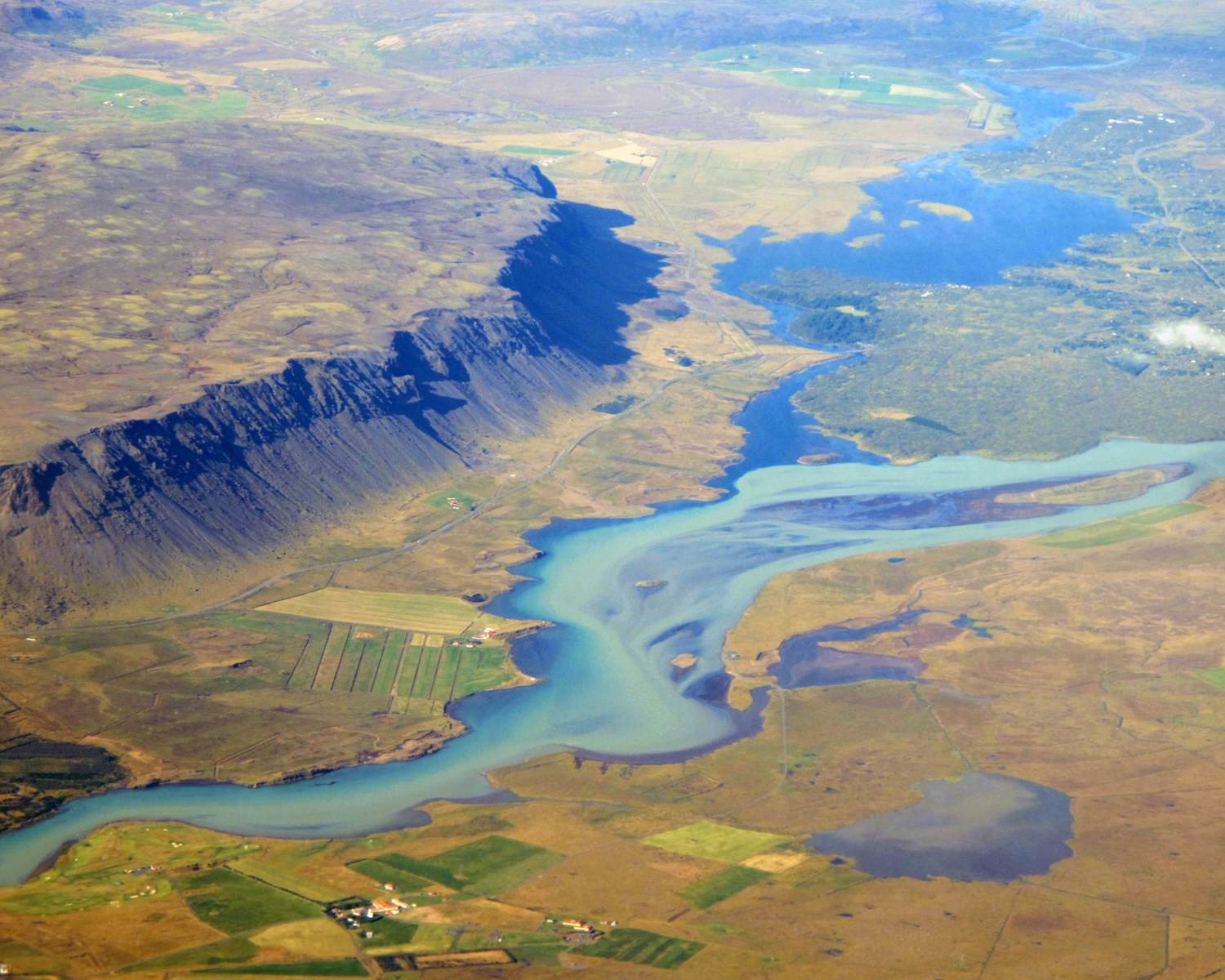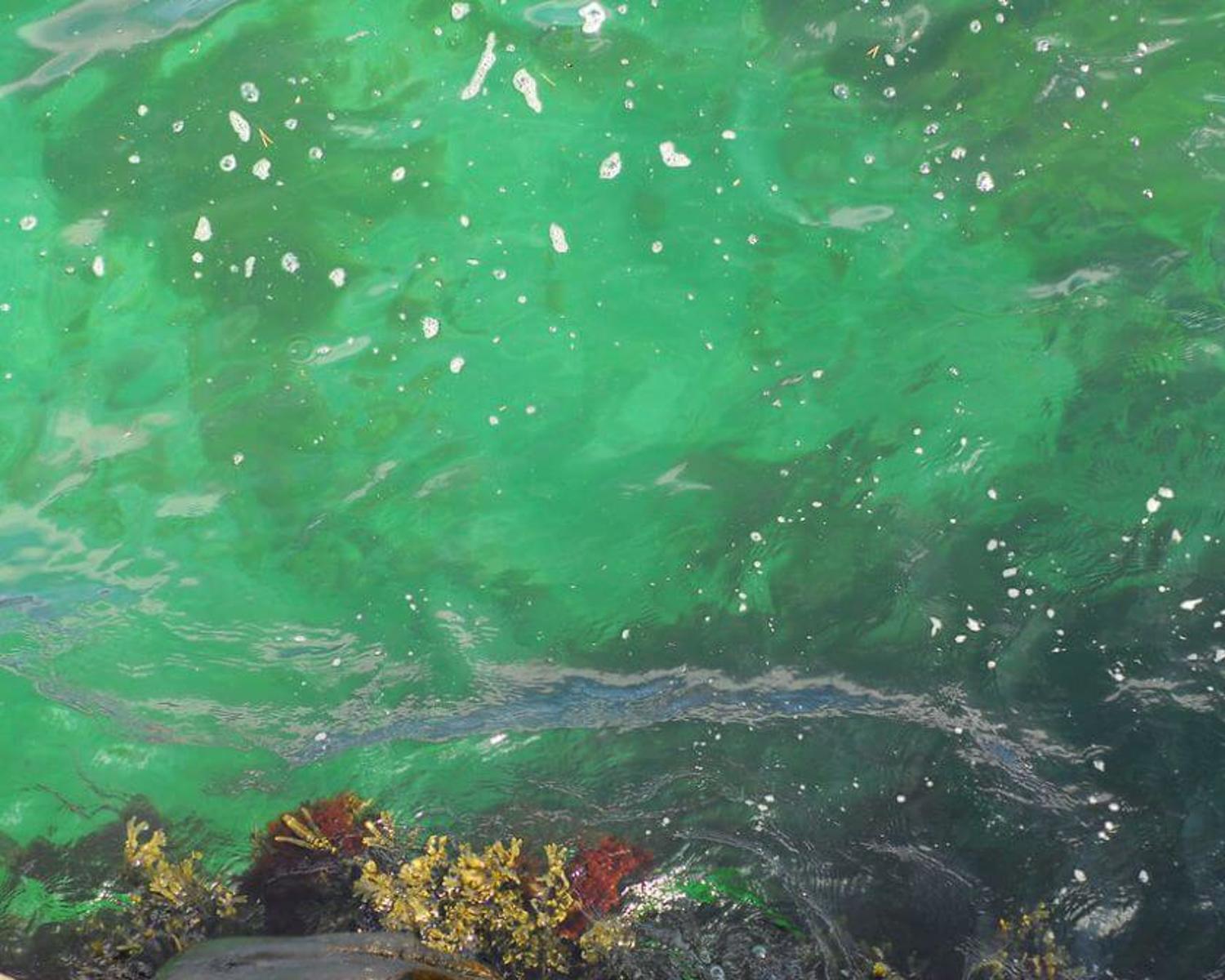
Artificial downwelling
Artificial downwelling (AD) is an idea to pump upper layer water deeper down into the ocean.
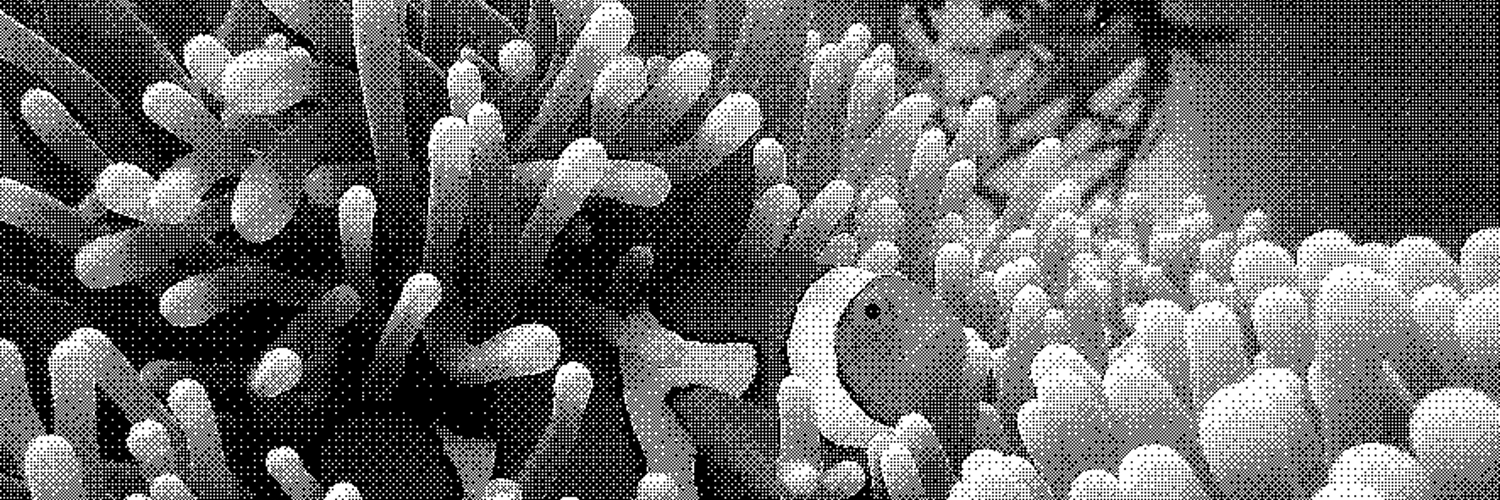

Artificial downwelling (AD) is an idea to pump upper layer water deeper down into the ocean.
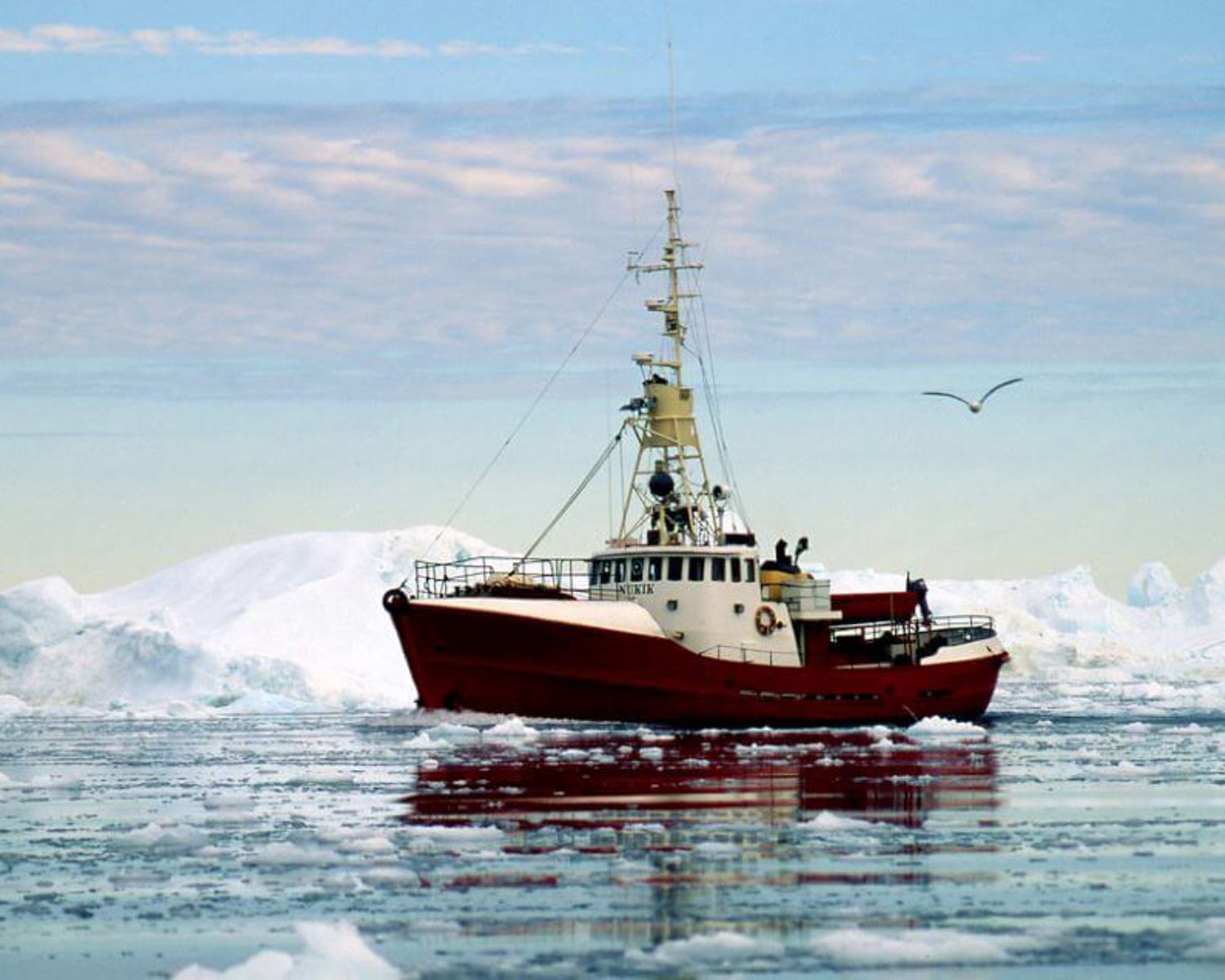
Fisheries contribute to global CO2 emissions by the extraction of fish, disturbance of coastal and oceanic blue carbon ecosystems, and the use of fossil fuels as their main energy source. Fishing vessels are moreover a major source of short-lived climate forcers like black carbon (McKuin and Campbell 2016), which can have a major effect in Arctic and Northern regions (see Black carbon reduction).
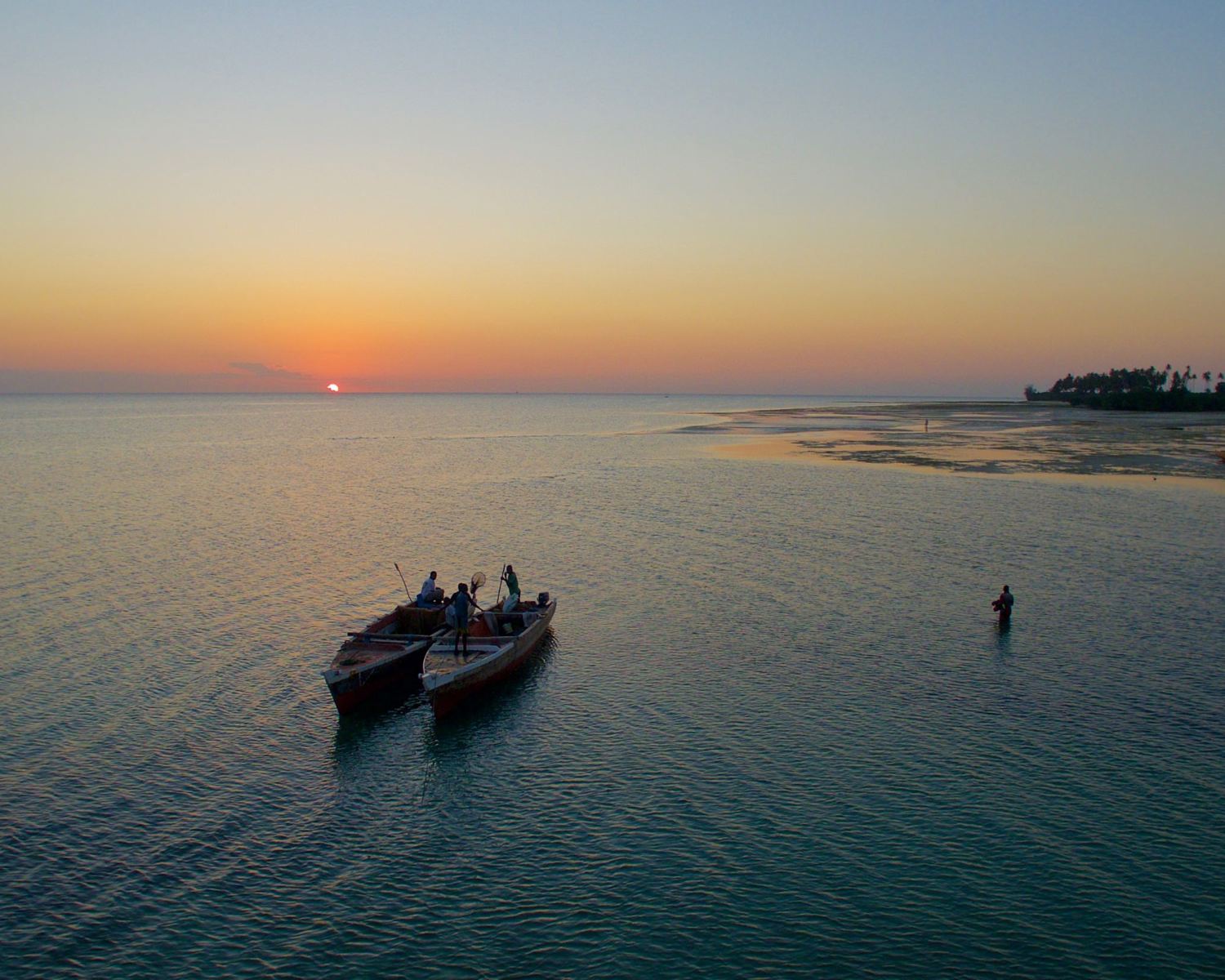
Biotic processes play an important role in oceanic carbon uptake, with most attention going to carbon-consuming photosynthesising organisms. Moore et al. (2023) argue that the potential role of shellfish and other calcifiers in carbon sequestration is significantly overlooked in the CDR literature.
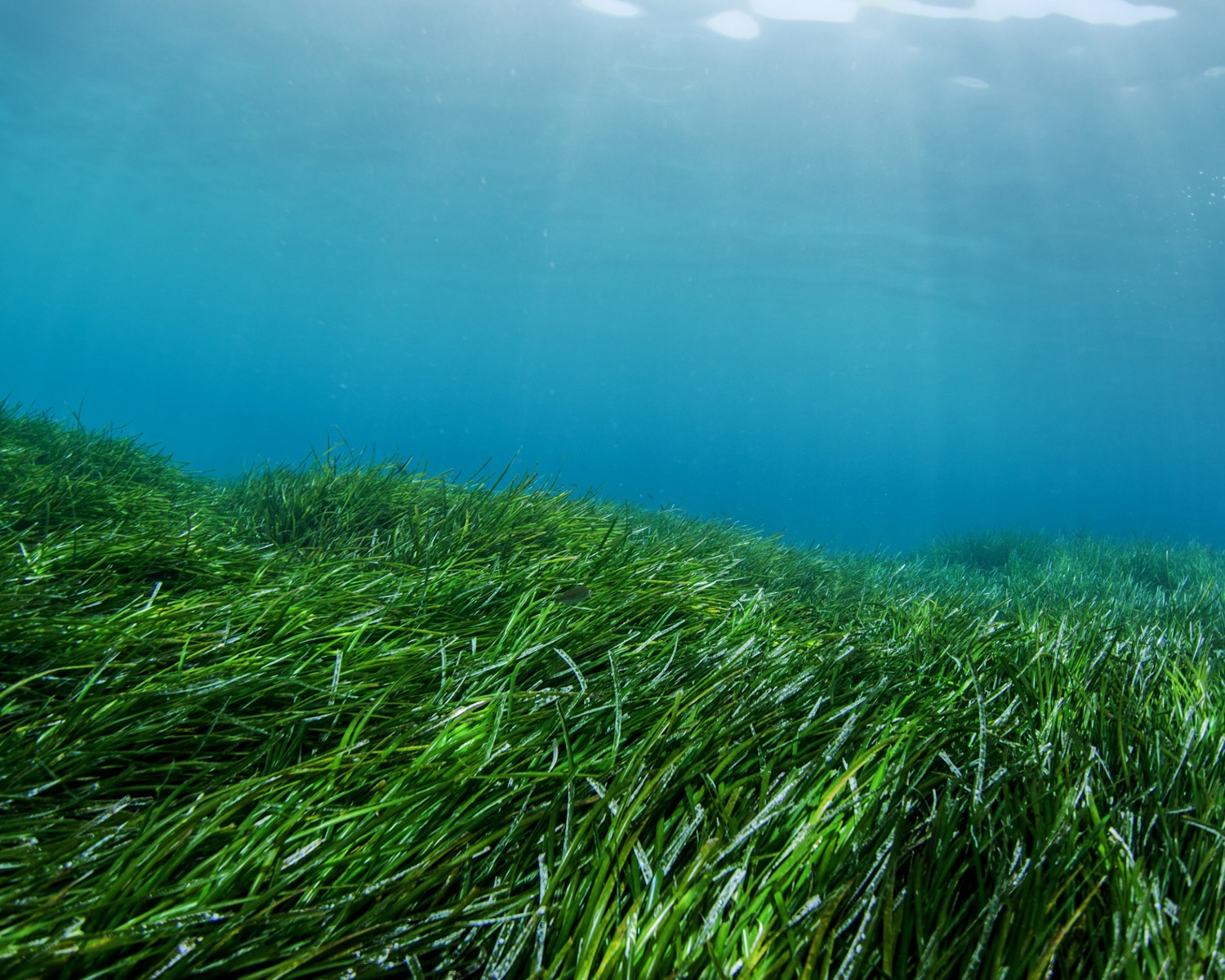
The deep waters in the Baltic are severely deoxygenated. Although the causes of the current state are complex, this is mainly a result of increased eutrophication from sewage and agricultural runoff from surrounding lands, which leads to extreme bioproductivity (Rolff et al. 2022). Some species manage to survive in the upper water layers, but many organisms living on the seafloor are severely impacted by the hypoxia, thereby influencing the health of a wide network of ecosystems and biochemical processes. There are attempts to reduce nutrient runoff into the Baltic (see for example: https://helcom.fi/baltic-sea-action-plan/). However, some argue these will be insufficient and argue for engineering solutions to the issue.
